كيفية جعل الصور تبدو أكثر تعمدا
How to Make Photos Feel More Deliberate
Most of the time, when you see a good photo, you’ll get a sense that the photographer took it deliberately. But how can you tell that? What subtle things about the photo make it appear deliberate rather than random? That’s what I’ll cover today.
في أغلب الأحيان، عندما ترى صورة جيدة، ستشعر أن المصور التقطها عمدًا. ولكن كيف يمكنك أن تقول ذلك؟ ما هي الأشياء الدقيقة في الصورة التي تجعلها تبدو متعمدة وليست عشوائية؟ وهذا ما سأغطيه اليوم.
How to Make Photos Feel More Deliberate
Most of the time, when you see a good photo, you’ll get a sense that the photographer took it deliberately. But how can you tell that? What subtle things about the photo make it appear deliberate rather than random? That’s what I’ll cover today.
في أغلب الأحيان، عندما ترى صورة جيدة، ستشعر أن المصور التقطها عمدًا. ولكن كيف يمكنك أن تقول ذلك؟ ما هي الأشياء الدقيقة في الصورة التي تجعلها تبدو متعمدة وليست عشوائية؟ وهذا ما سأغطيه اليوم.

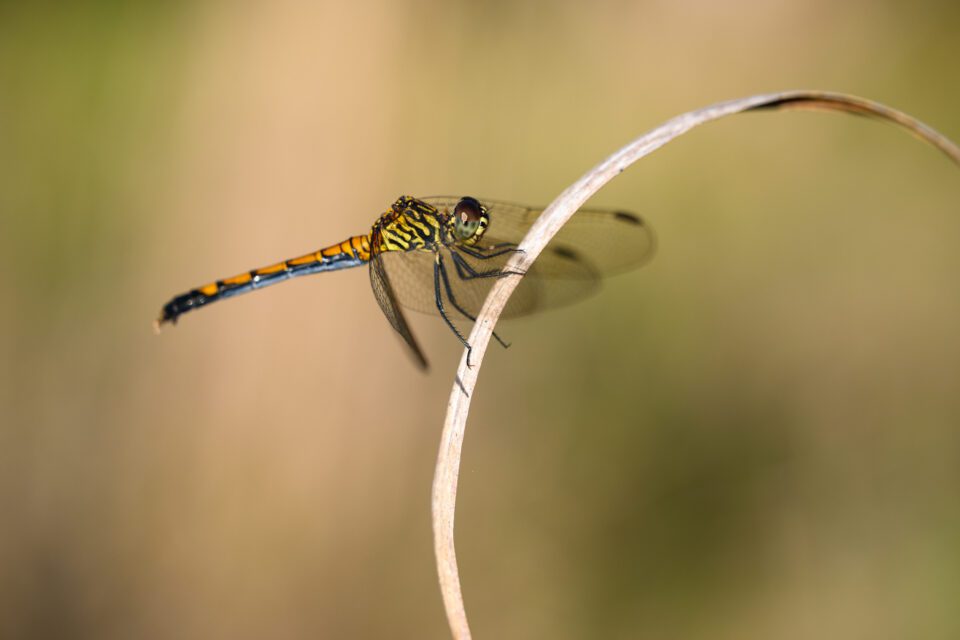
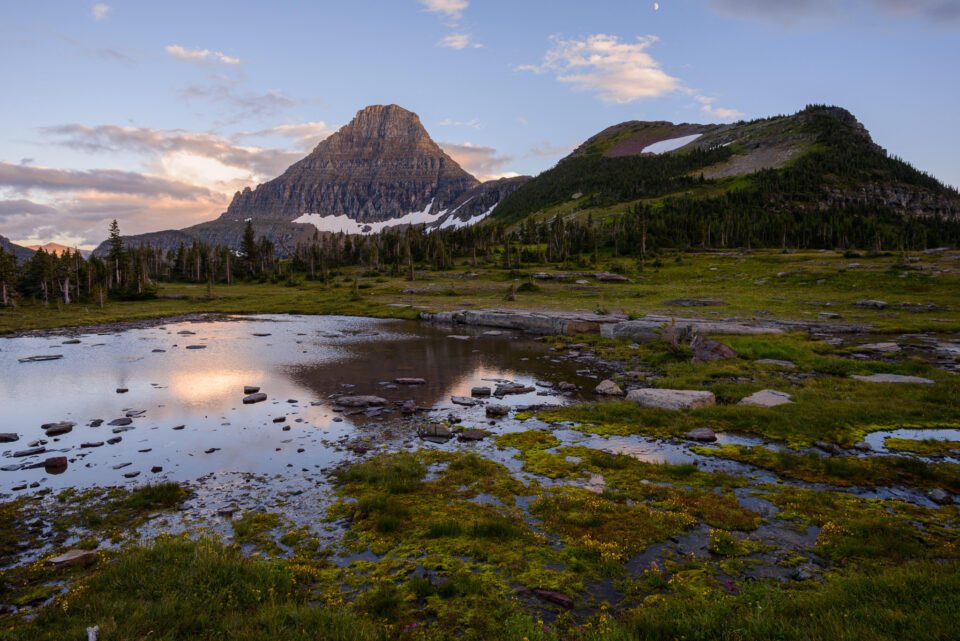
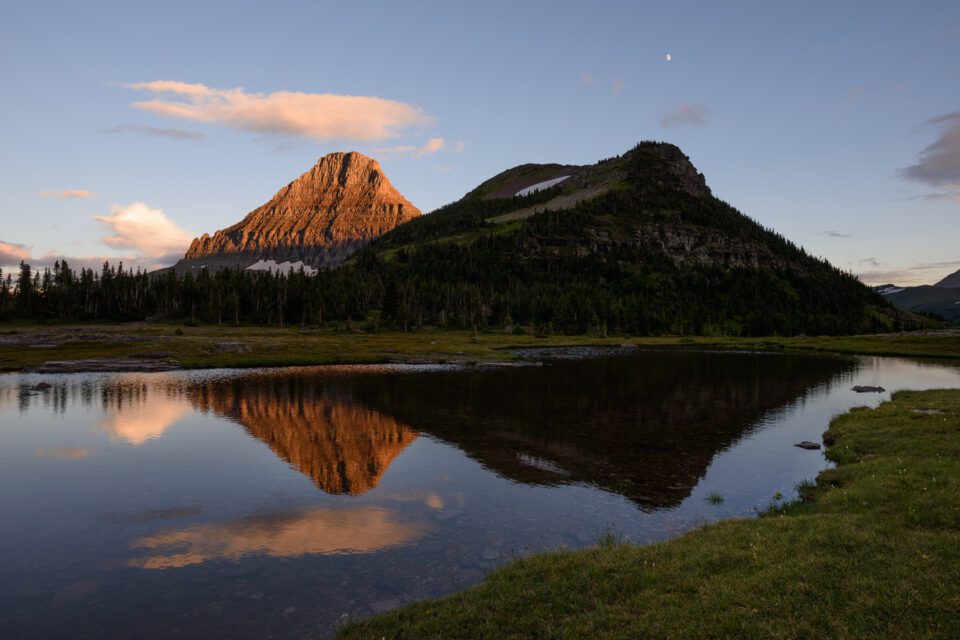
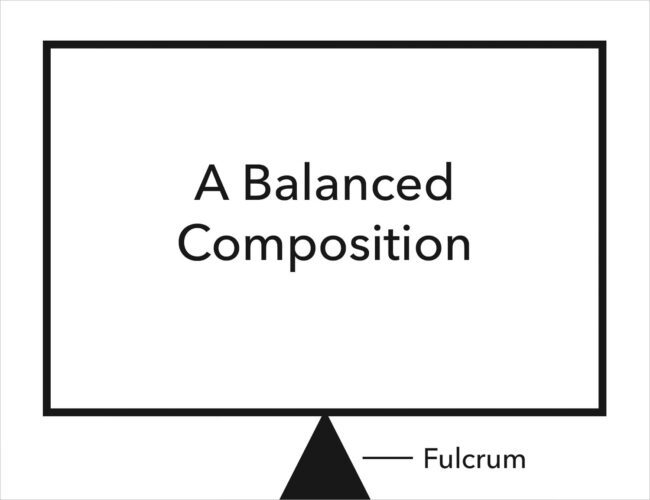 Which way does your image lean?
Which way does your image lean?
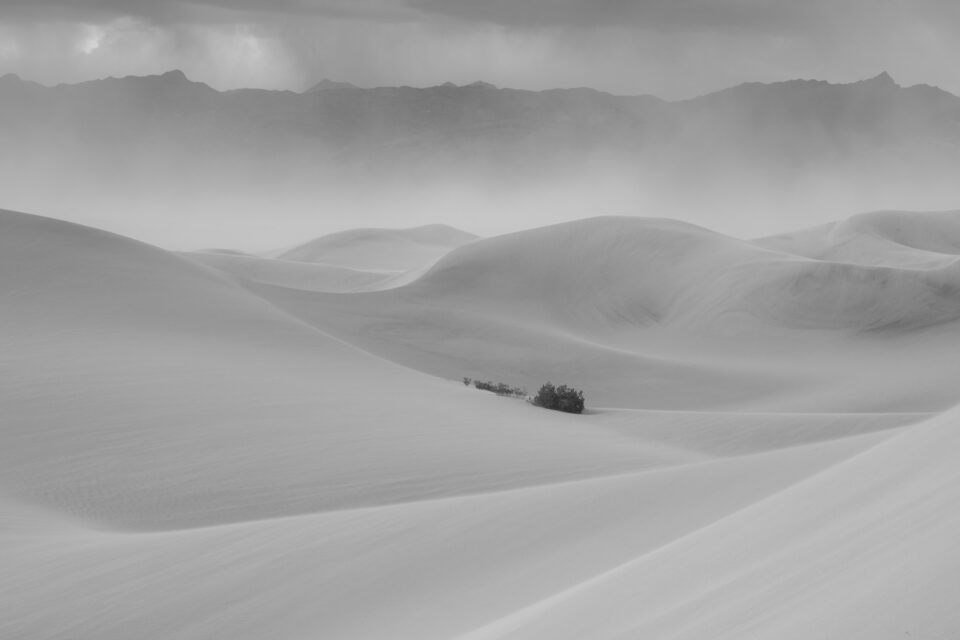

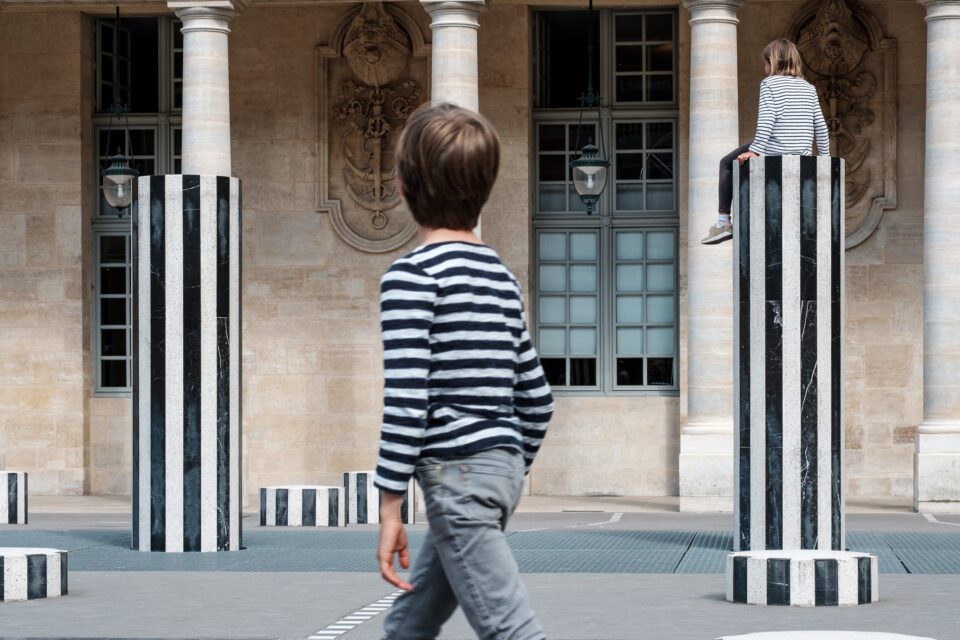
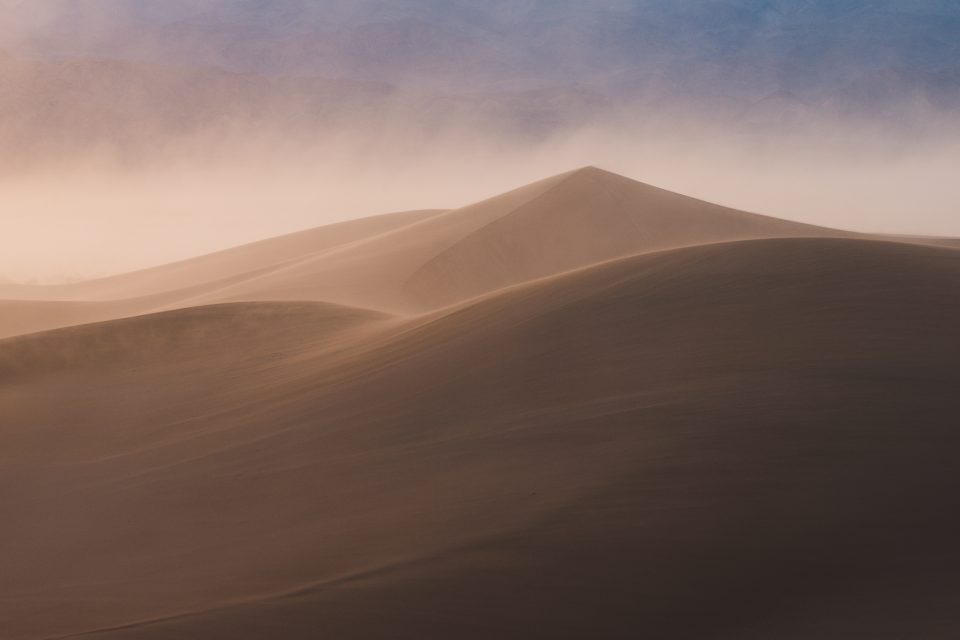
تعليق